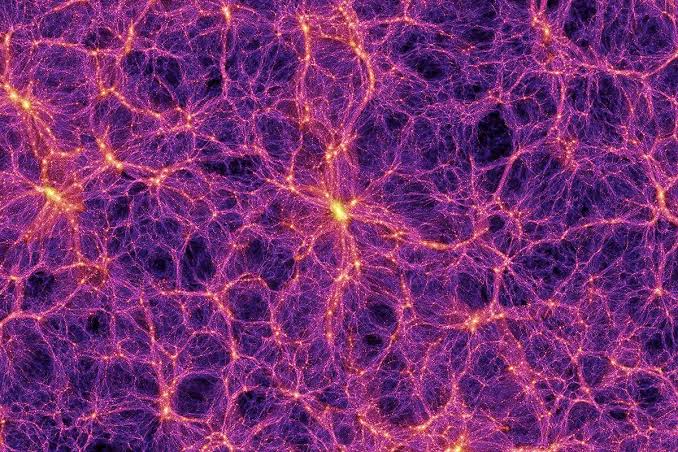Cosmic voids may cause dark energy, or at least provide an explanation for the Hubble tension. A team of Iranian scientists have proposed that dark energy may not be something inherent to space itself, but the result of cosmic voids, vast regions of the universe between galactic superclusters and filaments with relatively little matter. Paul … Continue reading Cosmic voids and dark energy
Tag: Cosmology
Is cosmology in crisis?
In past posts, when I've written about the expansion of the universe, I've generally referred to the rate of that expansion, the Hubble constant, as being around 70 km/s/megaparsec, that is, for every megaparsec a galaxy is distant from us, it's moving away at 70 kilometers per second faster. So a galaxy 100 megapasecs away … Continue reading Is cosmology in crisis?
What’s at the edge of the universe?
Gizmodo has an interesting article that someone asked my thoughts on. Part of their "Giz asks" series, it asks various physicists what's at the edge of the universe? The physicists polled include Sean Carroll, Jo Dunkley, Jessie Shelton, Michael Troxel, Abigail Vieregg, and Arthur B. Kosowsky. They all give similar answers, that space isn't known … Continue reading What’s at the edge of the universe?
Dark energy and repulsive gravity
Over the weekend, Sean Carroll put up a blog post to address common misconceptions about cosmology. I understood most of his points, but was confused when I saw this one: Dark energy is not a new force; it’s a new substance. The force causing the universe to accelerate is gravity. Carroll was referring to the accelerating … Continue reading Dark energy and repulsive gravity
97% of the observable universe is forever unreachable
The other day, I was reading a post by Ethan Siegel on his excellent blog, Starts With a Bang, about whether it makes sense to consider the universe to be a giant brain. (The short answer is no, but read his post for the details.) Something he mentioned in the post caught my attention. But … Continue reading 97% of the observable universe is forever unreachable
Dark energy may be less energetic than previously thought
This is interesting. Astronomers discovered dark energy, the energy causing the rate of expansion rate of the universe to speed up, by looking at large numbers of Type 1a supernovae. Type 1a supernovae are white dwarfs (collapsed stars after their fusion has gone out) that explode. What causes a previously stable white dwarf to explode? … Continue reading Dark energy may be less energetic than previously thought
Half the stars in the universe may exist outside of galaxies
Every so often you get a reminder of how little we know about the universe: Rogue stars outside galaxies may be everywhere | Science/AAAS | News. You’ve heard of rogue planets, floating through the universe untethered to any solar system. Now meet rogue stars, which drift through space with no galaxy to call home. A new … Continue reading Half the stars in the universe may exist outside of galaxies
Multiverse theories: “meta-cosmology”?
Marianne Freiberger reports on a discussion she had with Bernard Carr on whether or not multiverse theories are science. He has a suggestion for how we should classify these theories. With the possibility for indirect evidence in the future, maybe we shouldn't dismiss the multiverse as mere speculation, especially since it has many features that are … Continue reading Multiverse theories: “meta-cosmology”?
Jim Holt: Why does the universe exist?
I did a post a few weeks ago explaining why I'm not much of a fan of the "Why is there something rather than nothing?" question. So, when this TED talk popped up later, I resisted watching it, thinking it would just be a rehash of the standard hand wringing. I guess you could still characterize … Continue reading Jim Holt: Why does the universe exist?
The size of the observable universe is complicated.
The radius of the observable universe is often stated to be 46 billion light years. From a certain point of view, this is true, but I think it's a bit of a misleading statement. Occasionally you also see people say that the observable universe is 13.8 billion light years in radius, which is also true, from … Continue reading The size of the observable universe is complicated.
